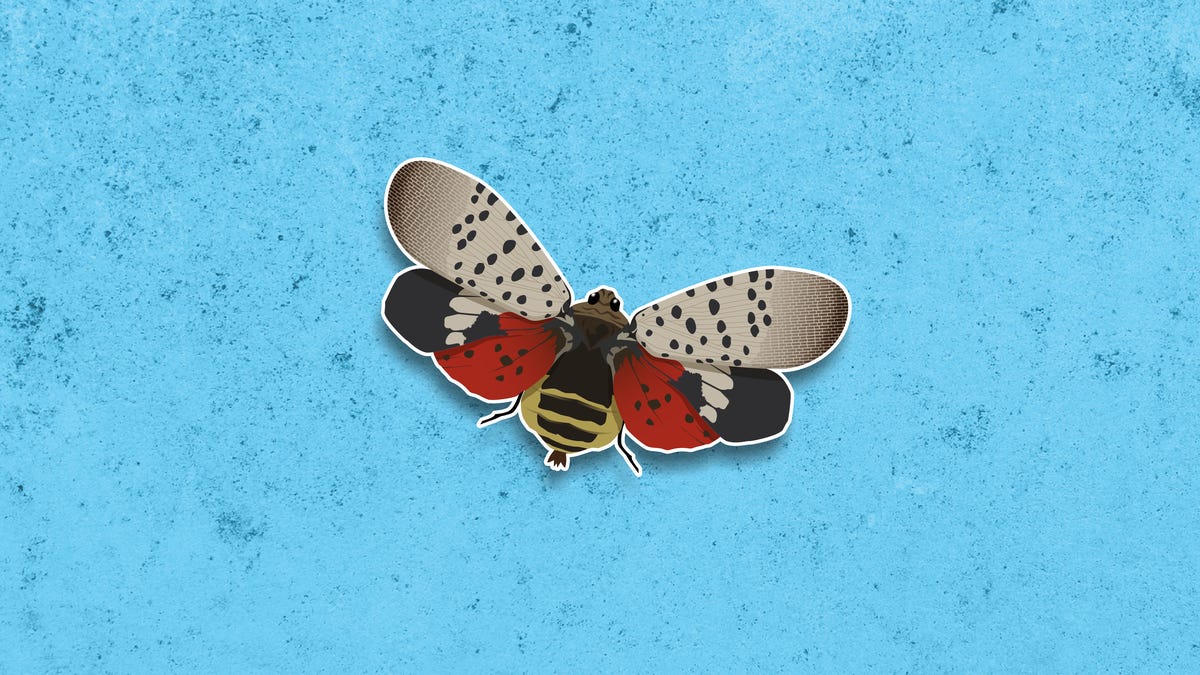What makes spotted lanternflies a concern? Key information about these invasive red insects
Prepare to encounter more of the invasive lanternfly in the upcoming days and get ready to take action.
In the months of August through September, lanternflies reach their full size showcasing vibrant spotted wings and distinct black and red colors. According to the Department of Agriculture, if you spot one, it’s advised that you crush it. These invasive spotted lanternflies are adversely affecting plants and trees in various areas of the Northeast.
Furthermore, their presence is spreading through Northeast and Midwestern states. The Integrated Pest Management Program at Cornell University states that the spotted lanternfly—a bug that jumps from plant to plant and can also fly—probably came to the U.S. via a stone shipment from China back in 2012.
Spotted lanternflies invade Northeast states
In Pennsylvania, 51 out of 67 counties are under quarantine status. This means many transport businesses need a special permit and their employees must receive training to identify these insects to avoid transferring them unknowingly.
Vehicles transporting materials or products that carry egg masses or adult lanternflies can transport them over large distances.
The spotted lanternfly’s life cycle
Spotted lanternflies will transition from their nymph stage between July and September. As September arrives, they will start laying eggs—which can be found on various outdoor items like trees, stones, patio furniture, and vehicles—until the first frost, typically in November.
Adult lanternflies have gray forewings with black spots and their hind wings display eye-catching red and black patterns with white rings. Their abdomen is yellow with black bands, while their head and legs are black.
These insects are quite colorful—almost beautiful—but they pose a threat to plants. They primarily inhabit trees and are related to the cicada family.
Why are spotted lanternflies considered invasive?
Spotted lanternflies are labeled as invasive because they spread rapidly and can inflict substantial damage on plants. Lacking natural predators and often being unknowingly transported by people, they proliferate quickly.
These lanternflies feed on a variety of trees, including black walnut, tree-of-heaven, grape, red maple, silver maple, weeping willow, and black willow. Many American industries—including wine production, fruit crops, ornamental plants, and lumber—are at risk of significant economic losses due to their presence.
If you see a lanternfly – squish it
Experts suggest killing the insects upon sighting and reporting them to your state’s Department of Agriculture. Prompt reporting helps authorities control potential infestations more effectively.
Comparison of the spotted lanternfly’s size:
There are several methods to eliminate them, including traps demonstrated in online videos by Pennsylvania state officials. For further information on approved insecticides and techniques for removing egg masses, check the New York State Integrated Pest Management Program’s website.
SOURCE: U.S. Department of Agriculture, New York State Integrated Pest Management Program at Cornell University, and YSL News research

